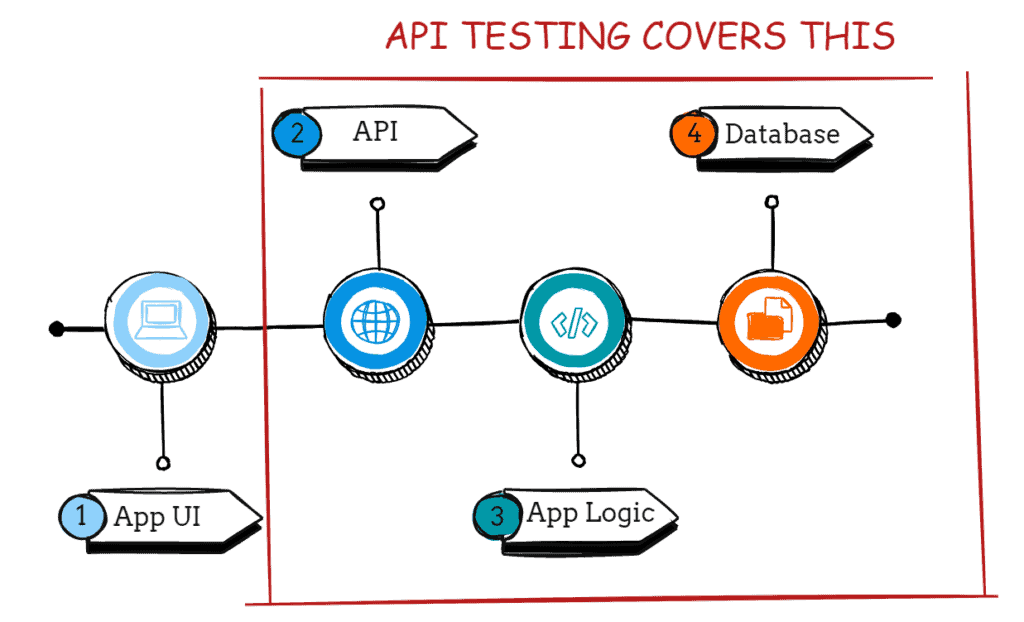API recon

To start API testing, you first need to find out as much information about the API as possible, to discover its attack surface.
To begin, you should identify API endpoints. These are locations where an API receives requests about a specific resource on its server. For example, consider the following GET request:
GET /api/books HTTP/1.1
Host: example.com
The API endpoint for this request is /api/books. This results in an interaction with the API to retrieve a list of books from a library. Another API endpoint might be, for example, /api/books/mystery, which would retrieve a list of mystery books.
Once you have identified the endpoints, you need to determine how to interact with them. This enables you to construct valid HTTP requests to test the API. For example, you should find out information about the following:
- The input data the API processes, including both compulsory and optional parameters.
- The types of requests the API accepts, including supported HTTP methods and media formats.
- Rate limits and authentication mechanisms.
API Documentation
APIs are usually documented so that developers know how to use and integrate with them.
Documentation can be in both human-readable and machine-readable forms. Human-readable documentation is designed for developers to understand how to use the API. It may include detailed explanations, examples, and usage scenarios. Machine-readable documentation is designed to be processed by software for automating tasks like API integration and validation. It’s written in structured formats like JSON or XML.
API documentation is often publicly available, particularly if the API is intended for use by external developers. If this is the case, always start your recon by reviewing the documentation.
Mass assignment vulnerabilities
Mass assignment (also known as auto-binding) can inadvertently create hidden parameters. It occurs when software frameworks automatically bind request parameters to fields on an internal object. Mass assignment may therefore result in the application supporting parameters that were never intended to be processed by the developer.
Since mass assignment creates parameters from object fields, you can often identify these hidden parameters by manually examining objects returned by the API.
For example, consider a PATCH /api/users/ request, which enables users to update their username and email, and includes the following JSON:
{
"username": "wiener",
"email": "wiener@example.com",
}
A concurrent GET /api/users/123 request returns the following JSON:
{
"id": 123,
"name": "John Doe",
"email": "john@example.com",
"isAdmin": "false"
}
This may indicate that the hidden id and isAdmin parameters are bound to the internal user object, alongside the updated username and email parameters.
Preventing vulnerabilities in APIs
When designing APIs, make sure that security is a consideration from the beginning. In particular, make sure that you:
- Secure your documentation if you don’t intend your API to be publicly accessible.
- Ensure your documentation is kept up to date so that legitimate testers have full visibility of the API’s attack surface.
- Apply an allowlist of permitted HTTP methods.
- Validate that the content type is expected for each request or response.
- Use generic error messages to avoid giving away information that may be useful for an attacker.
- Use protective measures on all versions of your API, not just the current production version.
To prevent mass assignment vulnerabilities, allowlist the properties
that can be updated by the user, and blocklist sensitive properties
that shouldn’t be updated by the user.